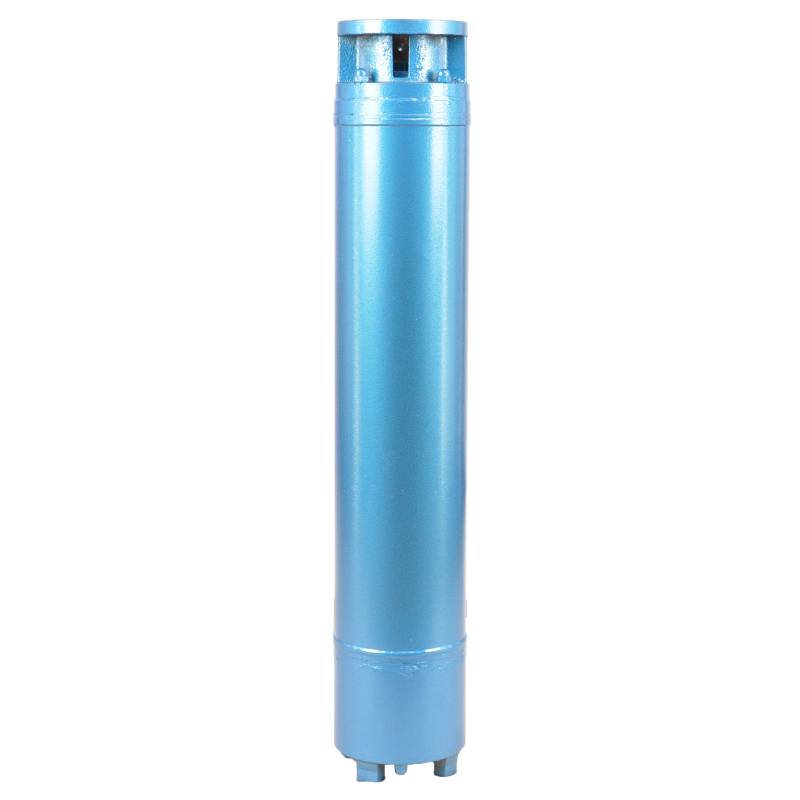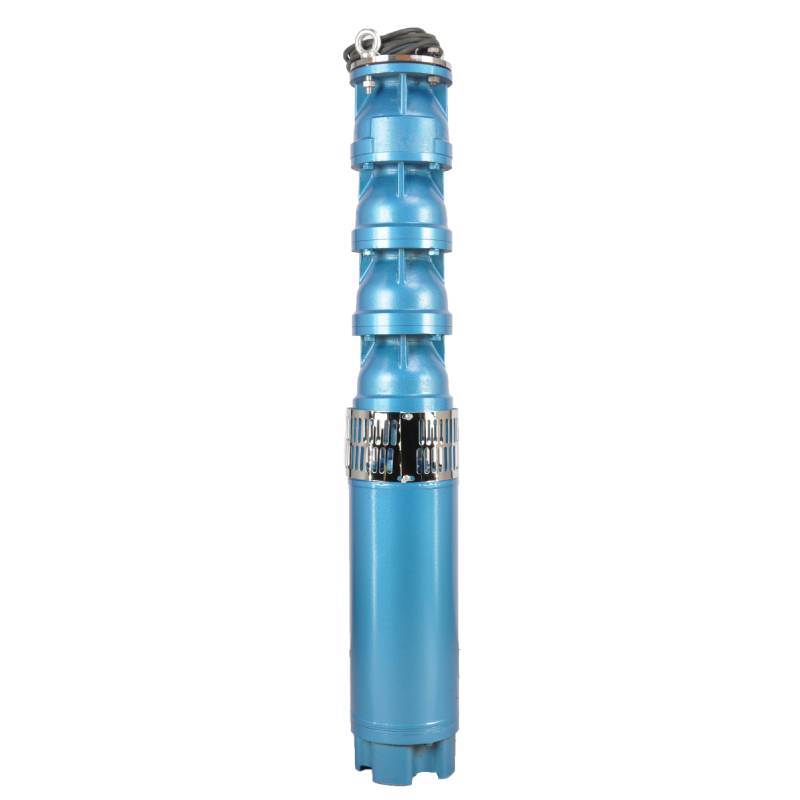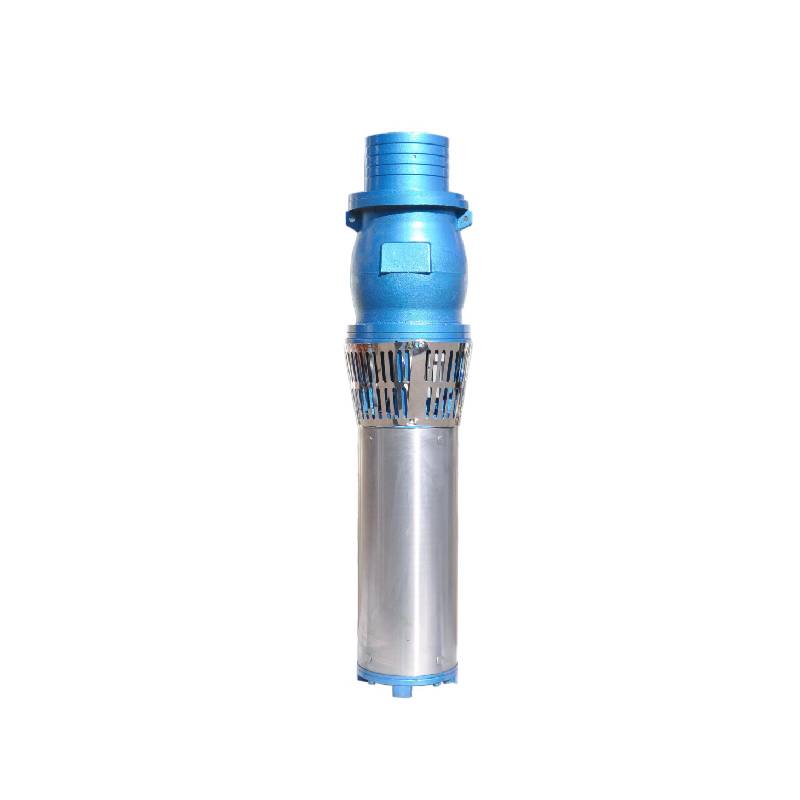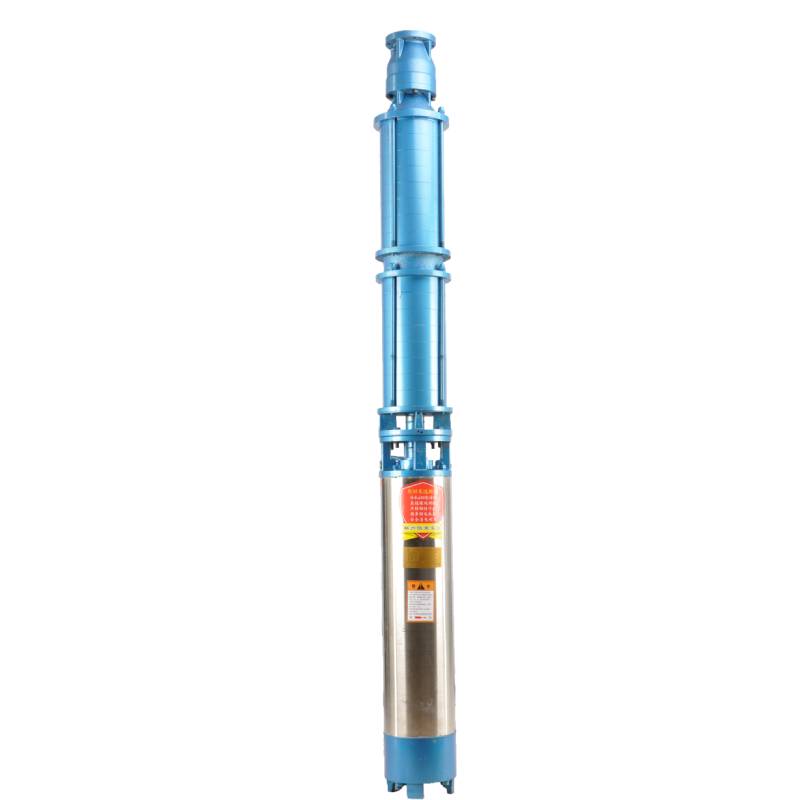9 月 . 01, 2024 23:11 Back to list
How to Size a Deep Well Submersible Pump | Complete Guide
How to Size a Deep Well Submersible Pump
When it comes to selecting the right deep well submersible pump for your water supply needs, proper sizing is crucial. A well-sized pump ensures efficient operation, prolongs the lifespan of the pump, and meets your specific water delivery requirements. Here are key factors to consider when sizing a deep well submersible pump.
1. Determine the Well Depth The first step in sizing a submersible pump is to measure the depth of the well. This includes the total depth where the water is located, and you should consider the static water level and the dynamic water level during peak usage times. Knowing the depth will help to prevent the pump from working harder than necessary, which can lead to premature failure.
2. Calculate Water Demand Next, assess your water needs by estimating the flow rate required for your household or irrigation system. Flow rate is typically measured in gallons per minute (GPM). Consider all sources of water usage, including plumbing fixtures, irrigation needs, and any appliances consuming water simultaneously. It's essential to have a clear understanding of the total GPM required to avoid under-sizing or over-sizing your pump.
how to size a deep well submersible pump

3. Consider the Pump's Total Dynamic Head (TDH) Total Dynamic Head is a critical term that accounts for the height the water needs to be pumped, including any friction losses from the piping and fittings. To calculate TDH, add the vertical distance (static lift) from the water level to the discharge point and the friction losses in the system, which can be calculated based on pipe diameter, length, and flow rate. Understanding TDH is vital for selecting a pump that will effectively deliver the desired flow rate at the required height.
4. Select the Right Pump Size and Type Once you have the depth, water demand, and TDH calculated, you can choose a submersible pump with the appropriate specifications. Review the pump's performance curve, which displays its flow rates and pressure capabilities at different depths and TDH levels. Match the flow rate you calculated with a pump that can sustain that rate while achieving the necessary TDH.
5. Consult with Experts If you’re unsure about sizing a deep well submersible pump, seeking advice from professionals can be invaluable. Pump suppliers and water system specialists can provide guidance based on your specific needs and conditions.
In conclusion, proper sizing of a deep well submersible pump requires careful consideration of well depth, water demand, and hydraulic calculations. By taking the time to assess these factors, you can ensure that your water needs are met efficiently and effectively, leading to a reliable and long-lasting pumping solution.
-
Your Guide to Deep Well Pumps
NewsOct.31,2024
-
Why Choose a Stainless Steel Deep Well Pump?
NewsOct.31,2024
-
Understanding Water-Filled Submersible Pumps
NewsOct.31,2024
-
Understanding SS Submersible Pumps
NewsOct.31,2024
-
Reliable Submersible Well Pumps for Your Water Supply Needs
NewsOct.31,2024
-
Choosing the Right Submersible Pump for Your Water Management Needs
NewsOct.31,2024
-
 Understanding Water-Filled Submersible PumpsWhen it comes to selecting the right pump for your water management needs, understanding the different types available is crucial.Detail
Understanding Water-Filled Submersible PumpsWhen it comes to selecting the right pump for your water management needs, understanding the different types available is crucial.Detail -
 Guide to Installing a Deep Well Submersible PumpWhen dealing with deep wells, a deep well submersible pump is often the most effective solution for extracting water from significant depths.Detail
Guide to Installing a Deep Well Submersible PumpWhen dealing with deep wells, a deep well submersible pump is often the most effective solution for extracting water from significant depths.Detail -
 Finding the Right Submersible PumpWhen seeking an efficient solution for pumping water from deep wells, sumps, or other applications, the submersible pump is a leading choice.Detail
Finding the Right Submersible PumpWhen seeking an efficient solution for pumping water from deep wells, sumps, or other applications, the submersible pump is a leading choice.Detail
